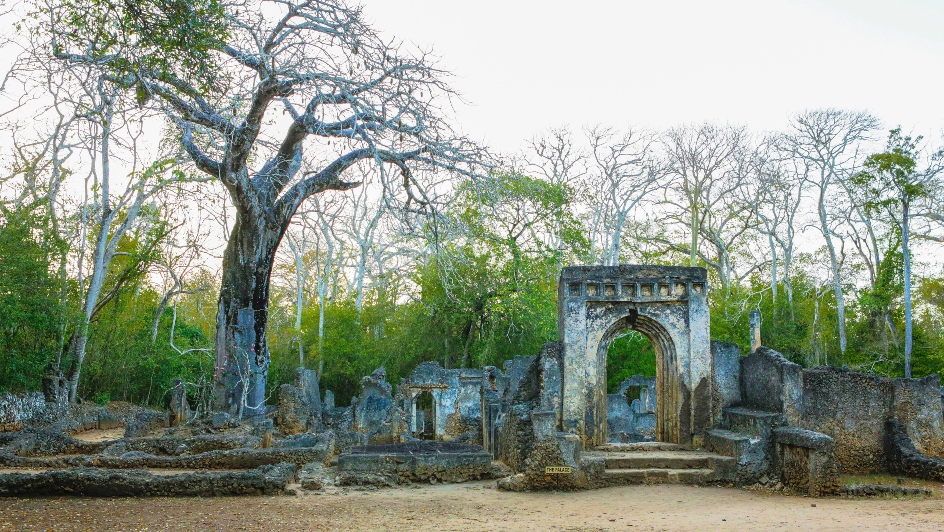The Mysterious City of Gedi

Within the lush forests of Kenya lies the ruins of Gedi: an abandoned city sitting near the Indian ocean coastline with a mysterious past.
Believed to have been founded in the 13th century by the Swahili people, Gedi was built entirely from rocks, stones, and coral. In many ways it was an exceptionally advanced civilisation, with streets, running water, and flushing toilets.
Today, remnants of coral-brick houses, a palace, and an impressive mosque can be found. It’s believed the city of Gedi was inhabited by sailors, traders and settlers, as a Chinese vase from the Ming Dynasty, Venetian glass and other forms of pottery from around the world were found.
However, puzzlingly, no records of the city can be found in Portuguese, Arabic or Swahili scripts or maps from that time, unlike other well-known Swahili towns such as Lamu, Mombasa or Zanzibar.
To add to the mystery, it’s unclear why the inhabitants of Gedi chose to leave the city in the early 17th century. Some theories suggest that passing armies, raids from neighbouring villages or even drought could have come into play.
It’s clear that the noblemen did not flee impulsively: it’s believed that they had time to retrieve their precious gold and stones in their secret vaults – which could only be accessed through a hidden door in the roof.
Today, Gedi can still be visited as it was declared a National Monument in 1927. The intrepid traveller can wander through the ruins and neighbouring forest or visit the small museum and information centre to piece together some more stories of the past.






















